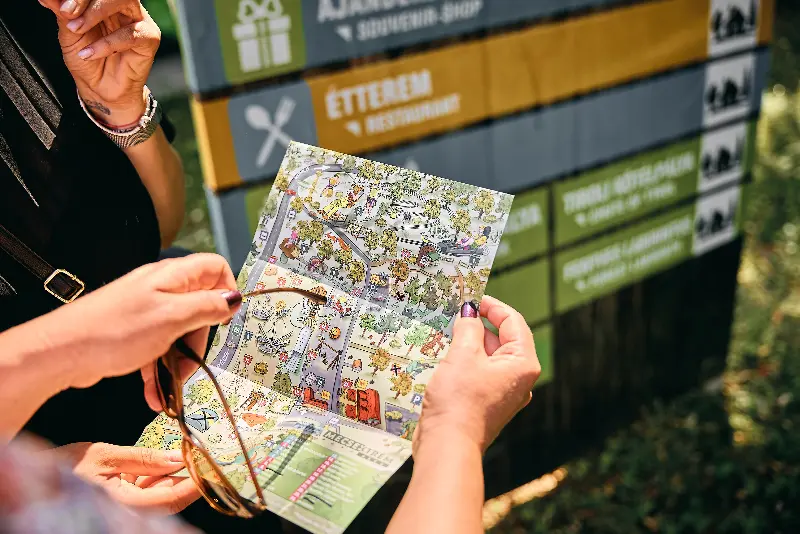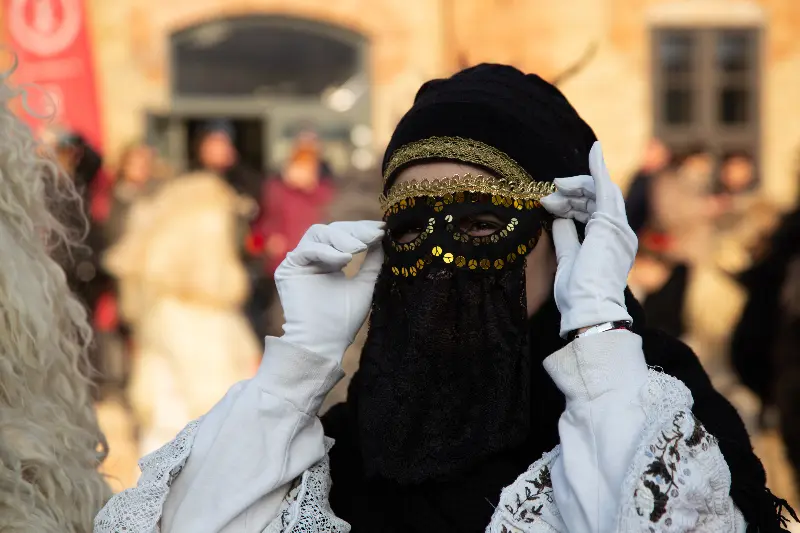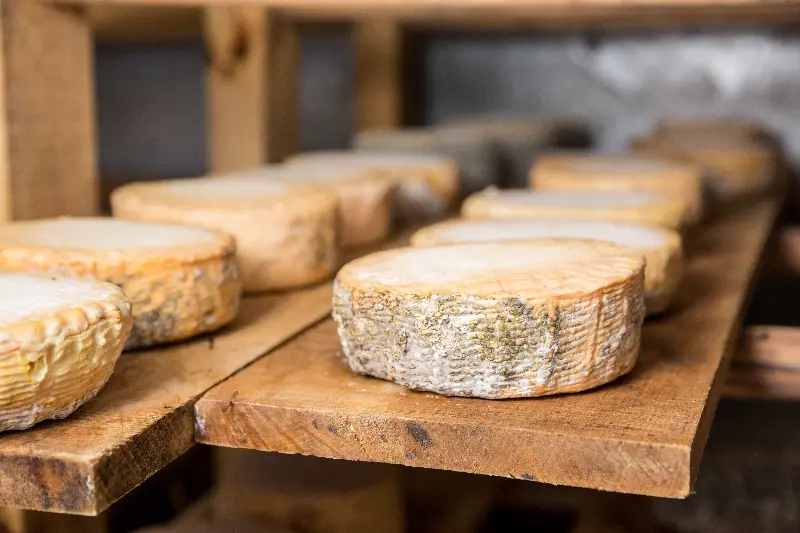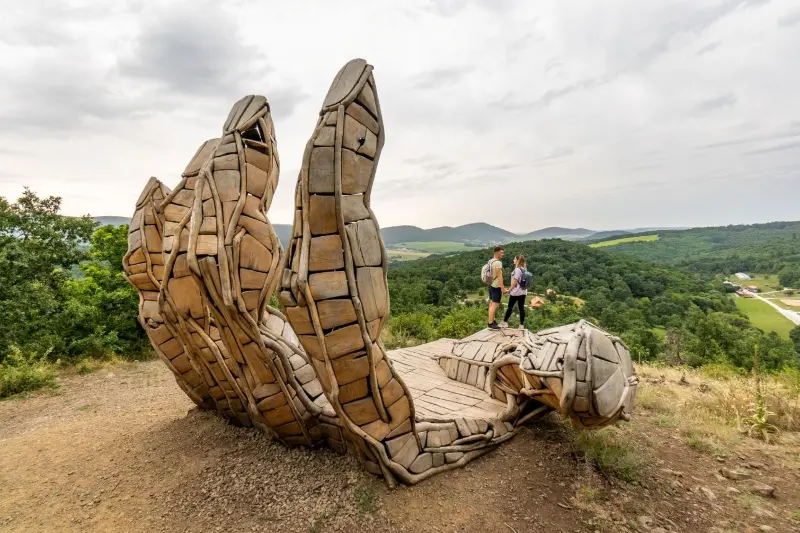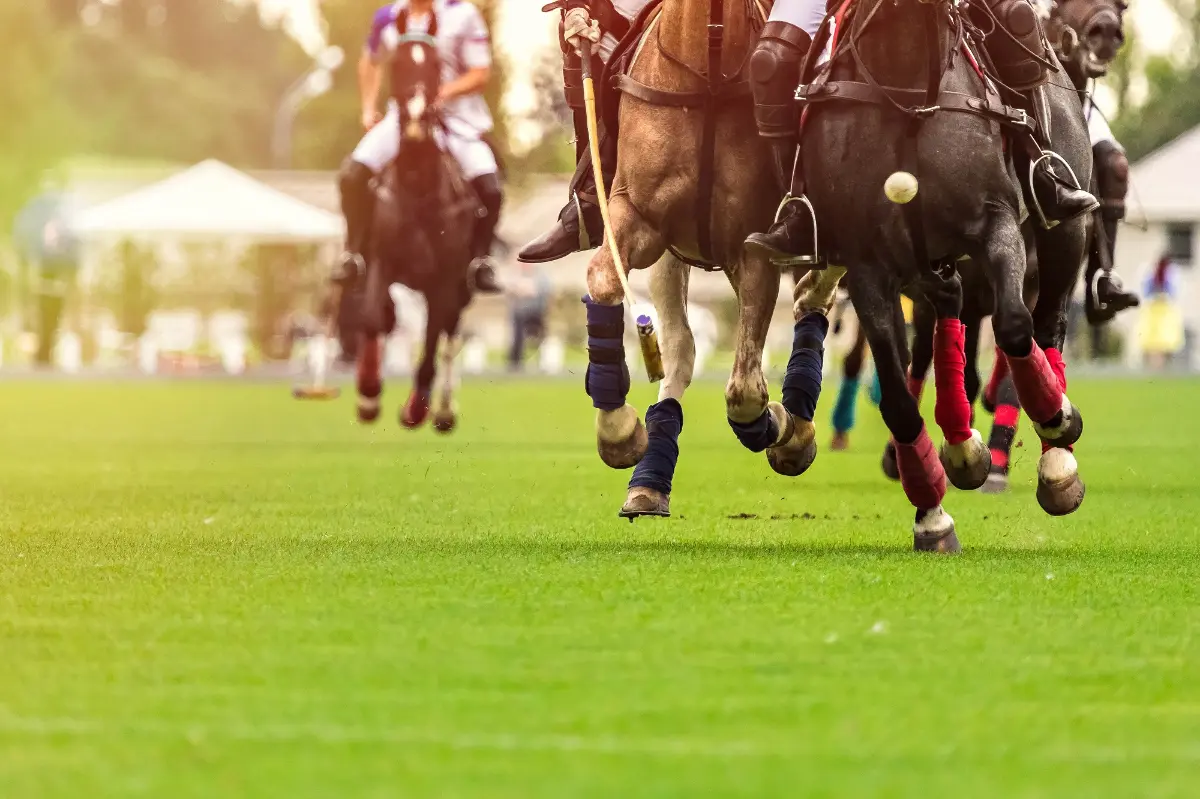
Helyszín címkék:
How to sweat in style? – Interview with Krisztina and Uwe Zimmermann on the mystique of polo
Francisck Réka Alíz
Horse polo has a long tradition in Hungary, the first polo team was set up in 1896 with the help of Count Géza Andrássy, and until World War II, many Hungarians played the sport, which was still an Olympic sport at the time, and played it well. The course of history did not favour polo for decades afterwards, until it was resurrected from the ashes, and smaller and larger clubs began to spring up, and in 1993, the Budapest Polo Club was re-established, where the sport could be learned and played professionally and competitively. “In addition to the national one, there are three private clubs in Hungary today, one of which is ours,” says Uwe Zimmermann, owner of La Estancia Polo Club, who with his wife Krisztina saw the potential in a farm near Etyek in 1997, and in no time at all, a polo field, a practice field, paddocks, a 16-box stable and a clubhouse were built on the site, where they welcome hundreds of guests every year. “Our polo club is 27 years old this year. It has witnessed many trophies, the way our sons have learned to play polo, and provided the space to show, even at our parties accompanying the competitions, that wealth and style are not the same thing,” adds Krisztina Zimmermann, dispelling the common perception that polo, once dubbed “the sport of kings, the king of sports”, is out of reach for most mortals, especially women. “Nowadays, as far as I know, 25% of professional players are women. Few people know that polo is the only co-ed contact sport played competitively. As with all equestrian sports, there are inherent costs, but you can start with a single horse or even a rented horse from a club, too. But be prepared for the fact that once you get into it and love it, you are typically hooked for life. For me, the most beautiful thing is when and how we become a team while playing polo with my family.”
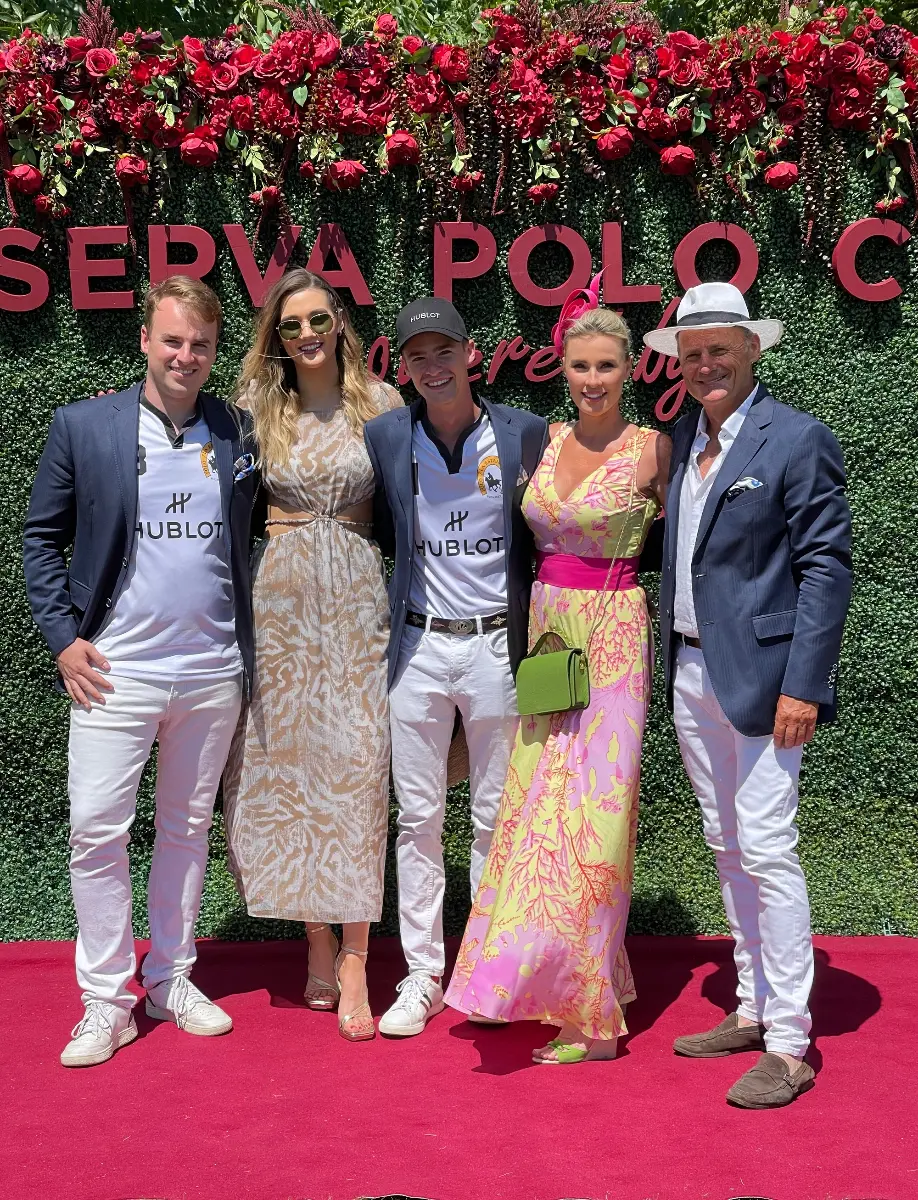
I must admit – says Uwe with a laugh – that there is no democracy out there on the lawn. Everyone has their place and role on the pitch. Many people say that they do this sport because it requires such a high level of concentration that it is impossible to pay attention to anything else, and it is also an excellent stress reliever. It also teaches responsibility, respect and trust. You have to take the time to master it properly in the first place. You can’t learn it in an afternoon and it takes about 4000 hours of practice to get good at it. But it also takes time and dedication to look after horses. It’s not like I play a game and then throw the racket in the trunk and go home. Our horses are our true partners in this sport, they need to be prepared, and then cared for after the game.
"Our children quickly learned that this very close-to-nature sport and the contact with horses is an exceptional experience, but not all glamour. It also requires a clear mind and a strong, healthy body. In fact, it can be quite a good lesson for a teenager who we want to prepare for real life and who we want to equip with the right values.”
What do we see from the sidelines?
In an area roughly nine times the size of a football pitch, 8 players gallop, sometimes at speeds of up to 50 km/h, with a long stick in their right hands (even if left-handed!), chasing a white ball. It looks dangerous, and it really is – players wear face and knee protection and gloves.
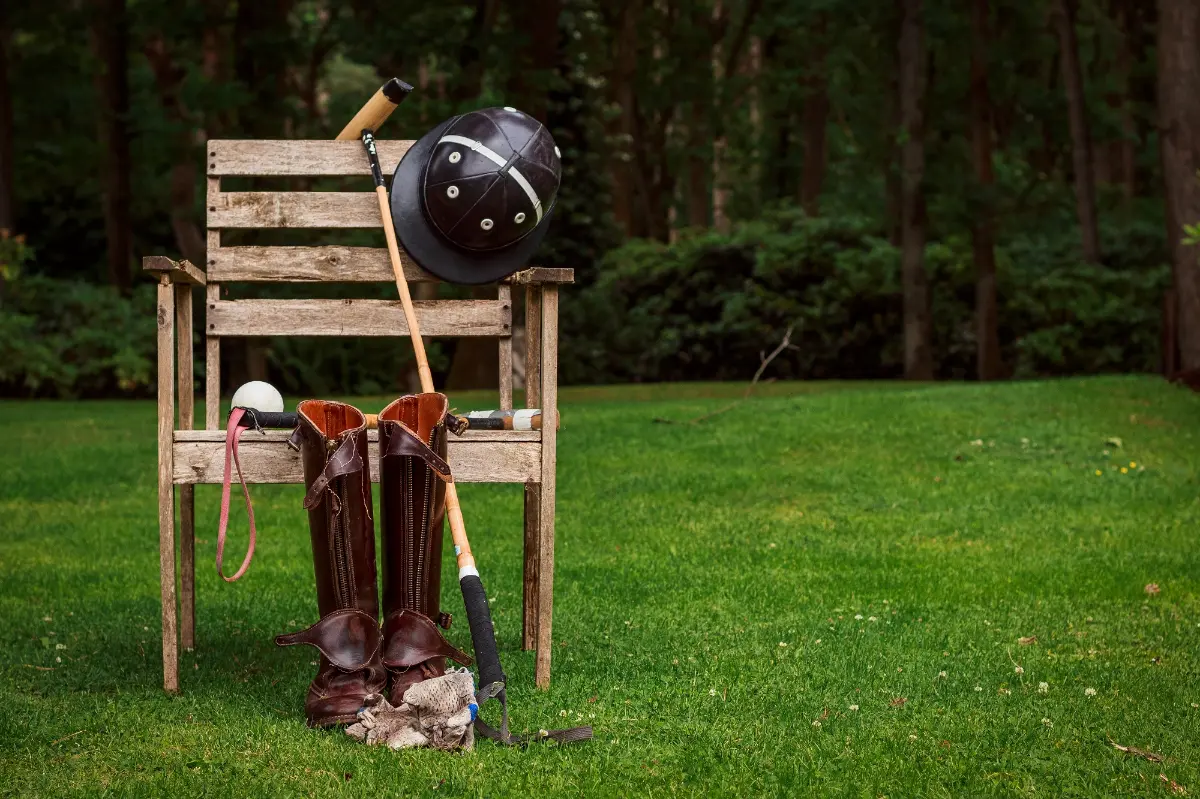
“The speed and dynamics of the game make it very exciting and spectacular. It is made up of four, seven-minute sections called chukkers. If the match ends in a draw, the last quarter is extended until one team scores,” says Uwe. “Between the chukkers, the players change horses, because the constant sprinting, the fast, sharp turns, sudden stops and backflips are very stressful for them. Many professional riders keep more than four horses, but if properly looked after, a pony (as it is called in this sport, even though it is a full-size horse) can train for approximately two years and compete for up to 20 years.”
Why do they play in white trousers?
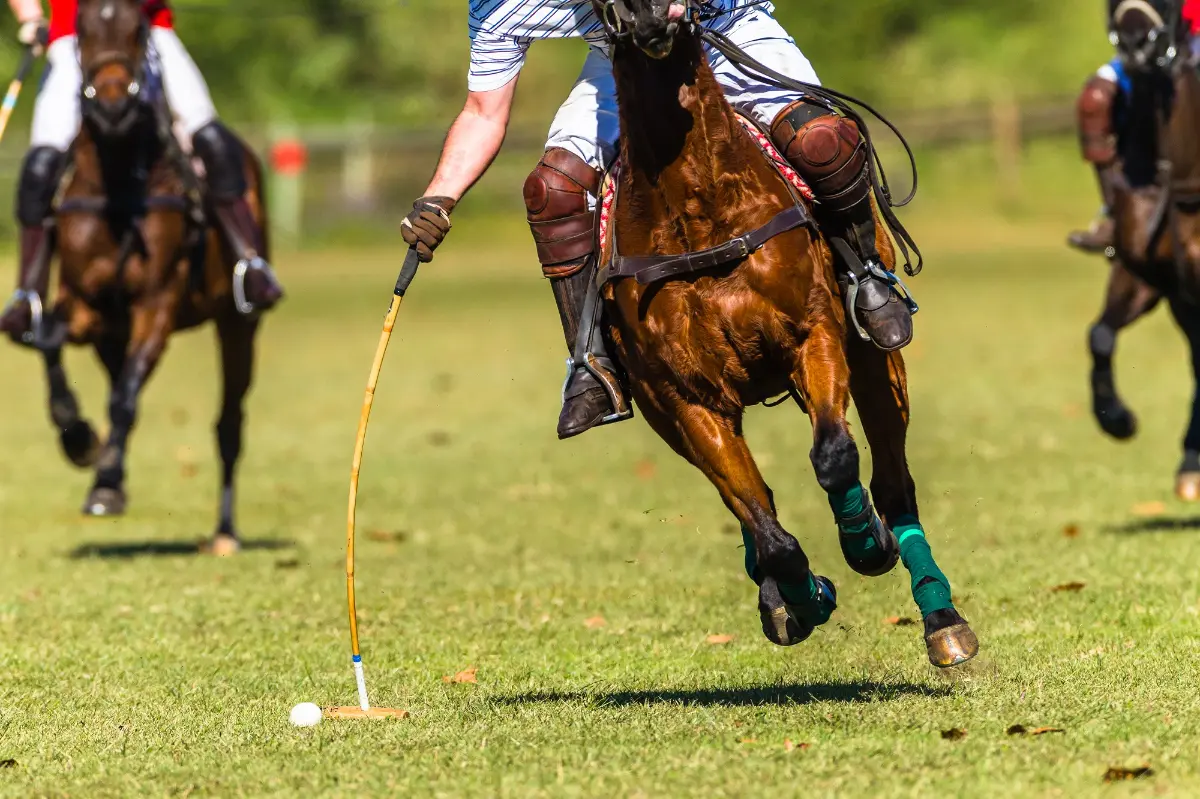
"Polo is one of the oldest sports, dating back to the 6th century. In Persia, in what is now Iran, it was practised partly as a sport and partly as war training by the nobility and the military,” explains Uwe. “The name itself is Asian, the word “ball” comes from the Tibetan word “pulu”. The modern polo, on the other hand, originated in Manipur, a northeastern state in India, from where it quickly spread to England, and from there to Australia and the United States in the 19th century. At that time, a team consisted of eight people, there were fewer rules and it was much slower. However, it was still a sport for the nobility, and as such, light trousers were required. There’s an even more down-to-earth answer: it is more comfortable to wear light-coloured trousers in the heat of the 26-week season, which starts in early summer.”
More than sport: a social event
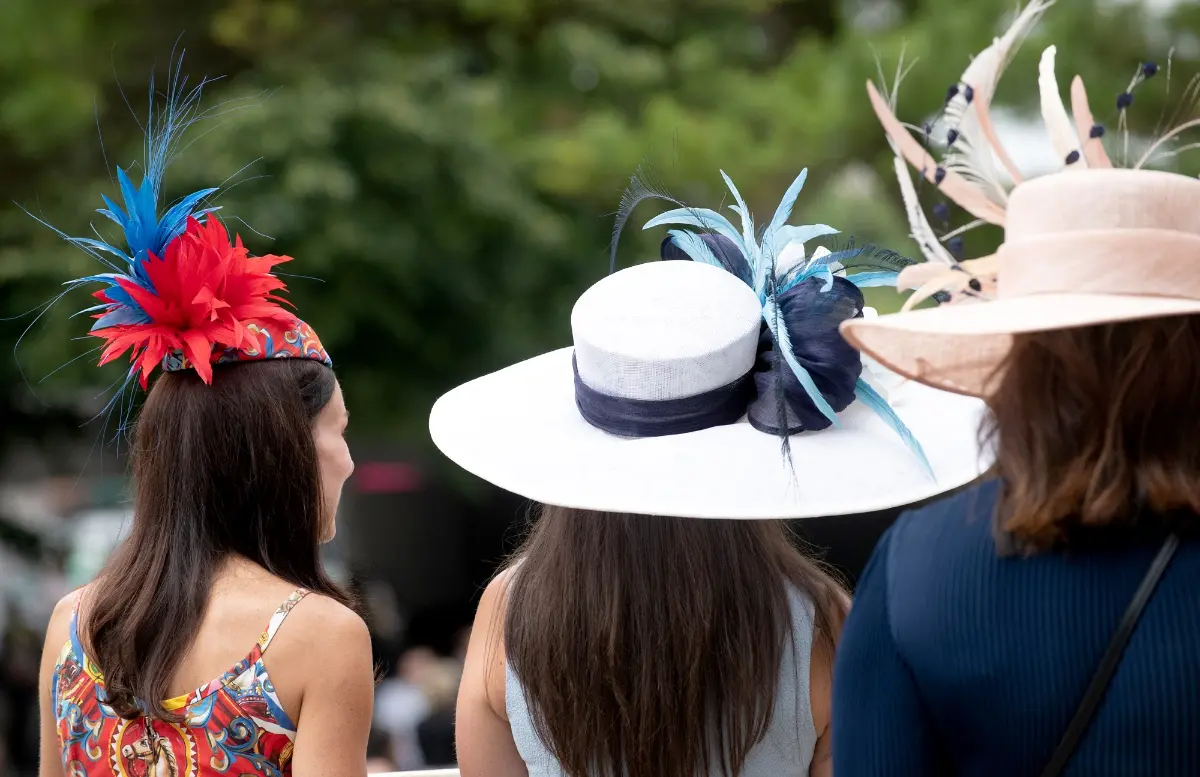
Winston Churchill also said that the handicap (which in polo is a measure of how well a rider has done) is a passport to the top circles of the world. There are written records from as early as 821 of China and Japan competing in polo, so there is no doubting the international nature of the sport, and Krisztina and Uwe often travel (with their horses) to international competitions – in which even Hollywood celebrities like Brad Pitt, Sylvester Stallone and Tommy Lee Jones compete. “There are also a lot of foreign players at our home matches, so we think we are promoting Hungary’s reputation. We often give our guests a little taste of Hungary, even in the form of tastings, for instance, most recently with Fishmonger in Budaörs, Herz NY Caffe, and Zwack Unicum.The proximity of Budapest is also attractive for those coming here, but Etyek and its surroundings also have unique qualities that are worth exploring,” Krisztina notes. “There are many manufactories, wineries and champagne cellars to visit near La Estancia Polo Club, we highly recommend Etyek Mansion, Haraszthy Winery’s Matador Restaurant, Hernyák Estate and Rókusfalvy Inn, to start with.” Then, if our hearts are captured by this region, it is worth returning from time to time, visiting different places.
